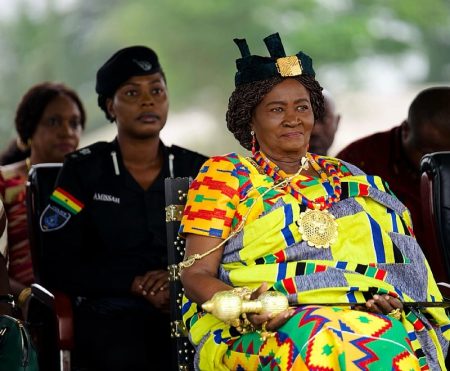The recent assertion by Nigerian Afro-pop star Yemi Alade that highlife music originated in both Nigeria and Ghana has ignited a passionate discussion about the genre’s true birthplace. Alade’s comments, made during an interview with CNN’s Larry Madowo, stemmed from Madowo’s characterization of highlife as “originally Ghanaian.” Alade countered, suggesting a shared origin between the two nations, stating that she grew up in Nigeria during a period where highlife was extremely popular and asserting a long-standing musical and cultural connection between Nigeria and Ghana. Her perspective, while reflecting her personal experience, sparked a robust rebuttal from Ghanaian music scholars and journalists who insist on Ghana’s sole claim to highlife’s genesis.
Kwame Dadzie, a prominent Ghanaian arts and culture journalist, responded forcefully to Alade’s claims, labeling them as either ignorant or intentionally misleading. In his article, “Stop the Lies! Nigeria Did Not Originate Highlife,” Dadzie meticulously outlines the historical evolution of highlife, tracing its roots to early 20th-century Ghana. He pinpoints specific indigenous Ghanaian musical forms like Osibisaba and Adaha as precursors to highlife, evolving in the 1920s, predating its introduction to Nigeria by nearly two decades. Dadzie’s argument hinges on the documented influence of Ghanaian musicians and bands on the Nigerian music scene. He cites the 1937 tour of the Cape Coast Sugar Babies Orchestra and the later tours of E.T. Mensah’s Tempos band in the early 1950s as pivotal moments in the transmission of highlife to Nigeria.
The historical trajectory of highlife unequivocally points to Ghana as its birthplace. Emerging in the late 19th and early 20th centuries along Ghana’s coastal regions, highlife was a vibrant fusion of indigenous Ghanaian rhythms and Western musical influences, the latter introduced through colonial interactions and trade. Its initial popularity in exclusive social clubs gave rise to the term “high life,” reflecting the affluent lifestyle associated with the music. While Nigeria undoubtedly embraced and adapted highlife, incorporating its own unique musical flavors and creating distinct Nigerian variations, these adaptations do not negate the genre’s Ghanaian origins.
The development of highlife in Ghana followed a fascinating trajectory. From its humble beginnings in coastal communities, blending traditional rhythms with Western instruments and musical structures, it quickly gained popularity in urban centers, becoming a soundtrack for social gatherings and celebrations. As highlife spread throughout Ghana, various regional variations emerged, reflecting the diverse musical landscape of the country. This organic evolution laid the groundwork for the genre’s subsequent dissemination across West Africa and beyond. The influence of Ghanaian musicians who toured and performed internationally also played a crucial role in introducing highlife to new audiences.
The debate surrounding highlife’s origins underscores a broader discussion about cultural ownership and the complexities of tracing the evolution of musical genres. While music often transcends geographical boundaries, evolving and adapting as it travels, acknowledging its roots is critical for preserving cultural heritage. In the case of highlife, recognizing Ghana as its birthplace is not meant to diminish the contributions of other nations, like Nigeria, which have embraced and transformed the genre. Rather, it is about honoring the specific cultural and historical context from which highlife emerged and acknowledging the Ghanaian musicians who pioneered its development.
The ongoing discussion about highlife serves as a reminder of the dynamic nature of music and its capacity to bridge cultures. While the genre’s Ghanaian origins are well-documented and supported by historical evidence, its evolution in other countries, particularly Nigeria, has added richness and diversity to the highlife tradition. This cross-cultural exchange is a testament to the power of music to connect people and inspire creativity. Acknowledging both the origins and the subsequent adaptations of highlife provides a more complete and nuanced understanding of this vibrant musical genre. It allows for a celebration of the shared musical heritage of West Africa while still respecting the specific contributions of each nation.














